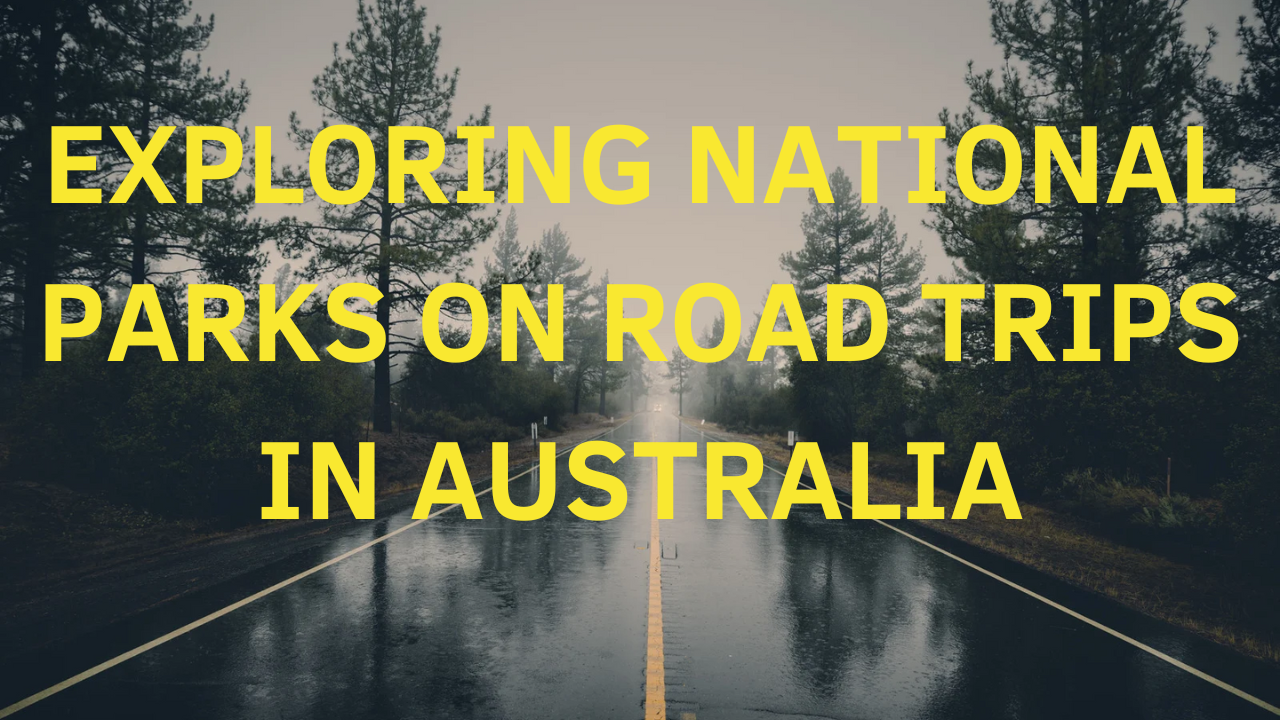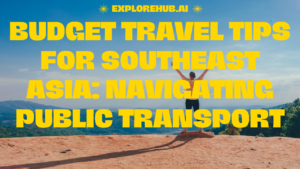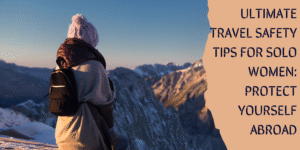Australia is home to some of the world’s most breathtaking national parks, from rugged outback landscapes to lush rainforests and pristine beaches. The best way to experience these diverse ecosystems? A road trip! Driving through Australia’s national parks lets you take in stunning scenery at your own pace, discover hidden trails, and create unforgettable memories.
Whether you’re an adventure seeker, wildlife lover, or just looking for the ultimate scenic drive, hitting the road through Australia’s national parks is an experience like no other.
Table of Contents
1. Why Explore Australia’s National Parks by Road?
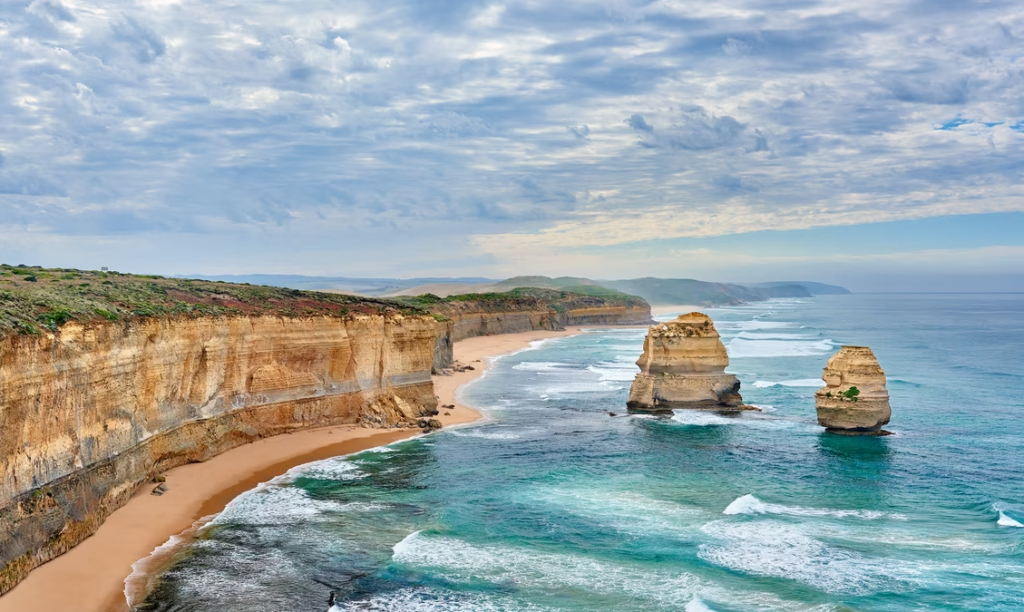
Road-tripping through national parks offers:
- Freedom to explore without rigid schedules
- Access to remote locations beyond tourist hotspots
- Personalized itineraries tailored to your adventure style
2. Best Time to Embark on a Road Trip
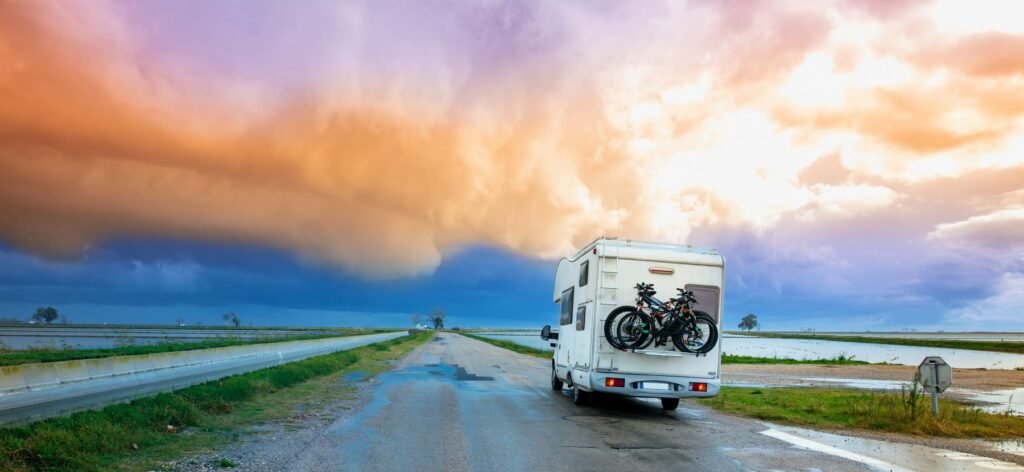
- Summer (Dec-Feb): Best for coastal parks like Great Otway and Wilsons Promontory
- Autumn (Mar-May): Ideal for the Blue Mountains and Grampians
- Winter (Jun-Aug): Great for outback and desert parks like Flinders Ranges
- Spring (Sep-Nov): Best for wildflower season in WA’s Karijini
3. Essential Tips for a National Park Road Trip
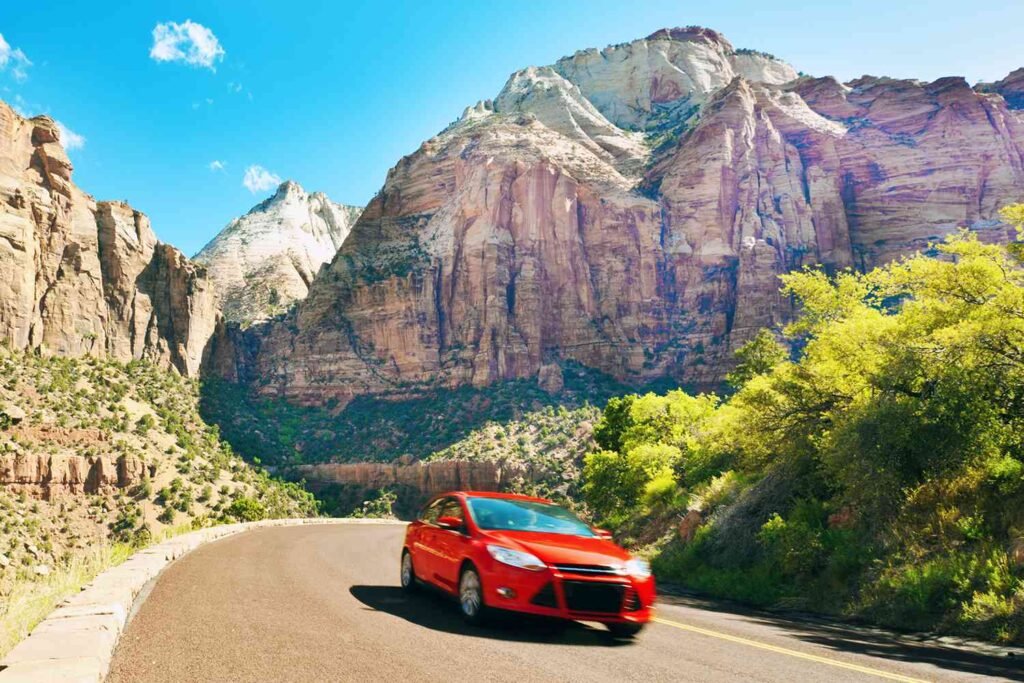
- Pack wisely: Sun protection, sturdy hiking shoes, and plenty of water
- Choose the right vehicle: Some parks require a 4WD for off-road access
- Download offline maps: Many parks have limited mobile reception
4. Iconic National Parks to Visit on a Road Trip
4.1. Kakadu National Park (NT)
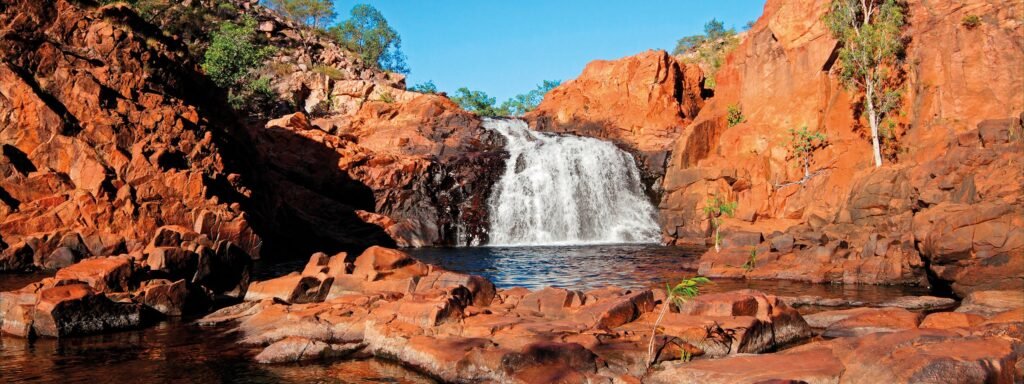
Drive through one of Australia’s most famous parks, rich in Aboriginal history, waterfalls, and croc-filled rivers.
4.2. Daintree Rainforest (QLD)
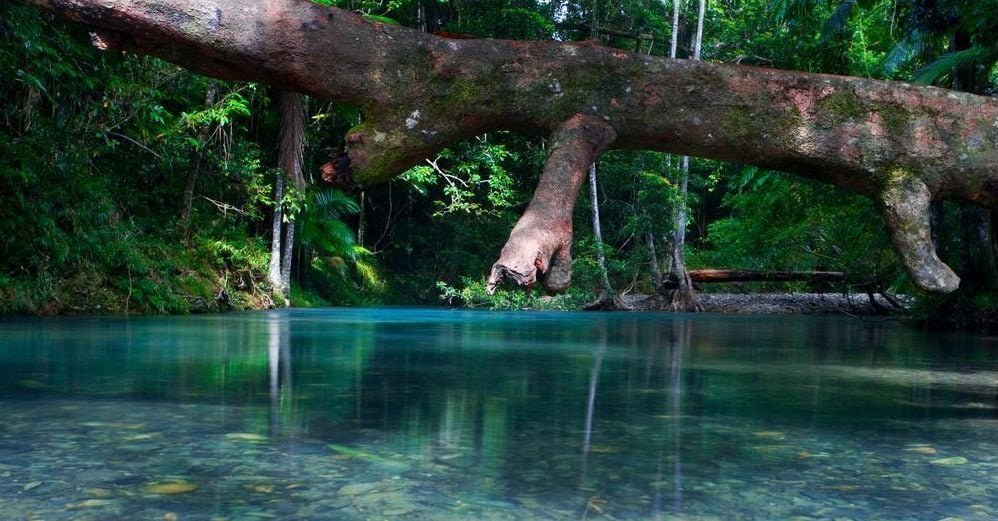
Combine a tropical rainforest adventure with a scenic drive along the Great Barrier Reef coastline.
4.3. Blue Mountains National Park (NSW)
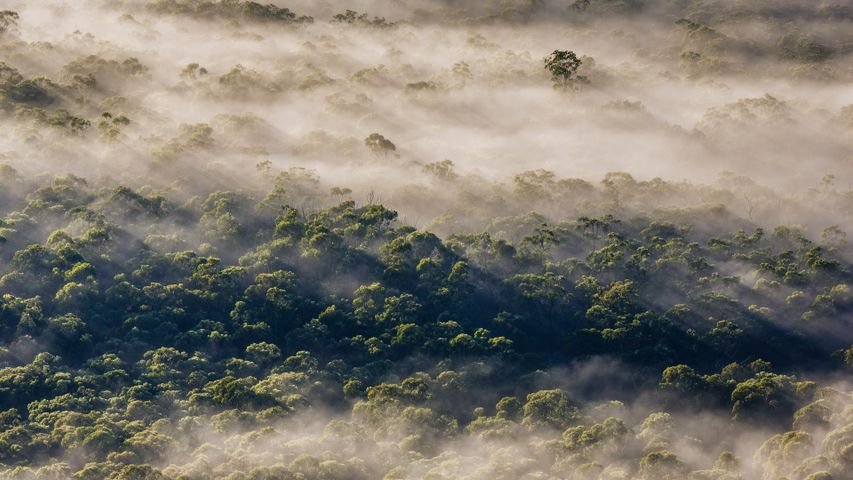
A short drive from Sydney, offering breathtaking cliffs, waterfalls, and eucalyptus forests.
4.4. Grampians National Park (VIC)
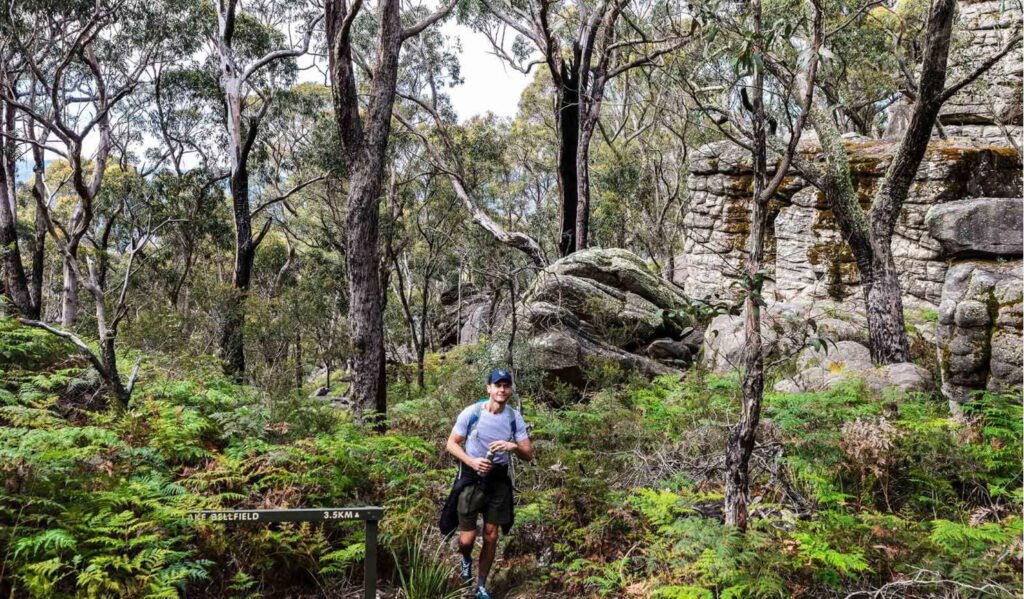
Perfect for rock climbing, indigenous culture, and panoramic views.
4.5. Great Otway National Park (VIC)
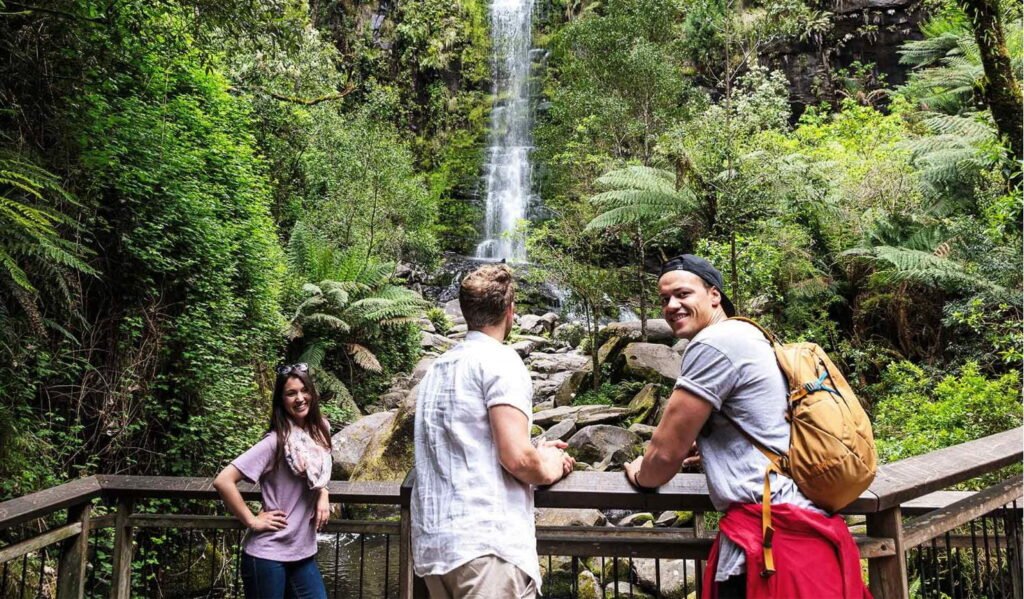
Drive along the Great Ocean Road and explore lush rainforests, waterfalls, and hidden beaches.
4.6. Cradle Mountain-Lake St Clair National Park (TAS)
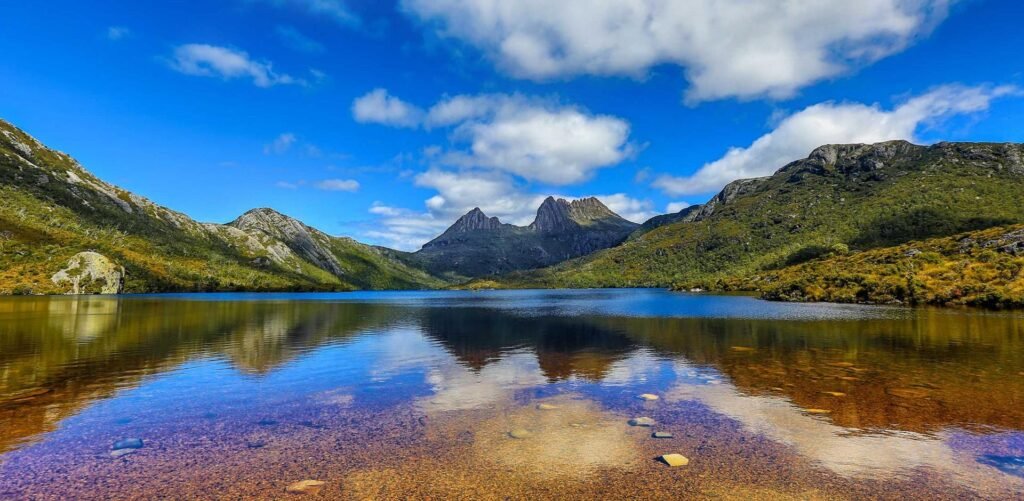
A stunning wilderness area with great hiking and camping opportunities.
4.7. Flinders Ranges National Park (SA)

Experience outback adventure with rugged mountain ranges and ancient Aboriginal sites.
4.8. Purnululu National Park (WA)
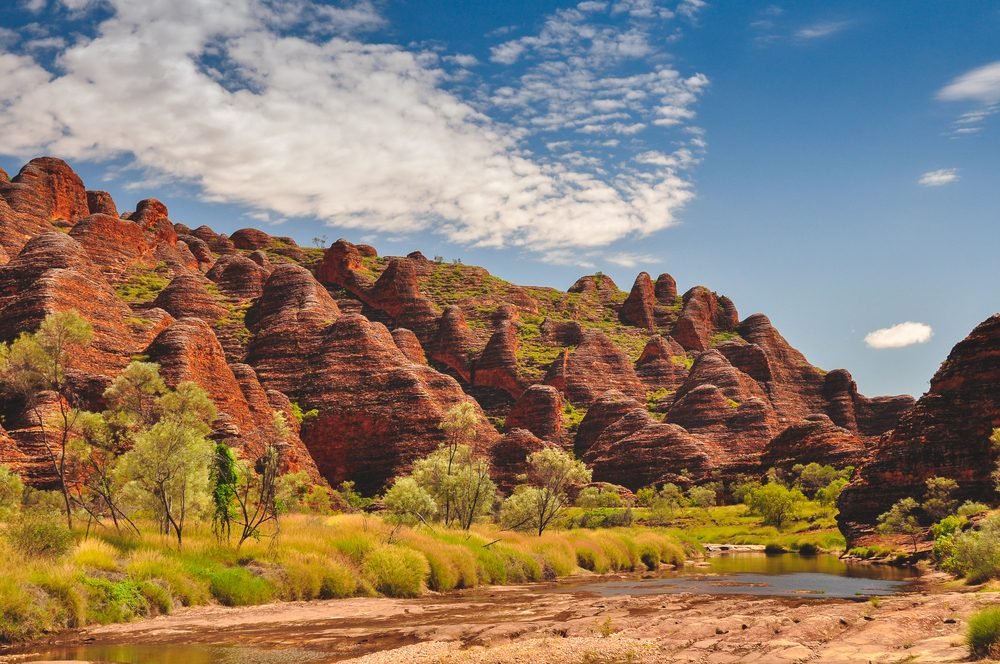
A 4WD adventure through the Bungle Bungles’ unique beehive rock formations.
4.9. Karijini National Park (WA)
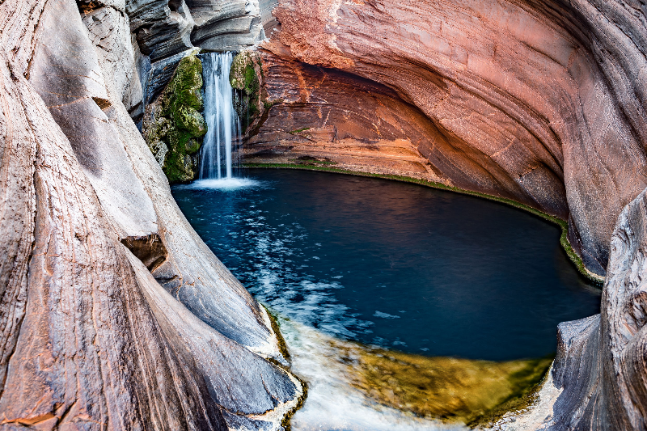
Explore deep red gorges, stunning waterfalls, and scenic swimming holes.
5. Off-the-Beaten-Path National Parks for True Adventurers
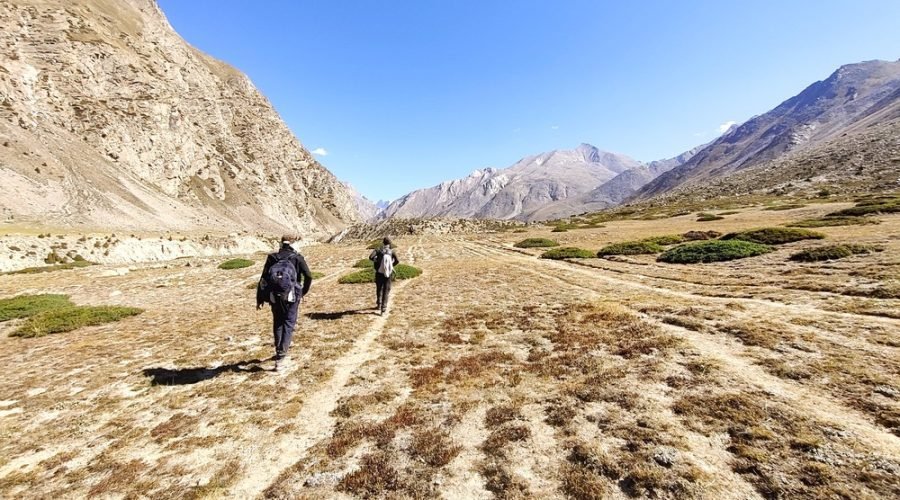
- Cape Le Grand National Park (WA): Home to white sandy beaches and friendly kangaroos.
- Litchfield National Park (NT): Waterfalls, swimming holes, and termite mounds.
- Wilsons Promontory National Park (VIC): A coastal gem with pristine beaches and wildlife.
6. Camping vs. Lodging – Where to Stay?
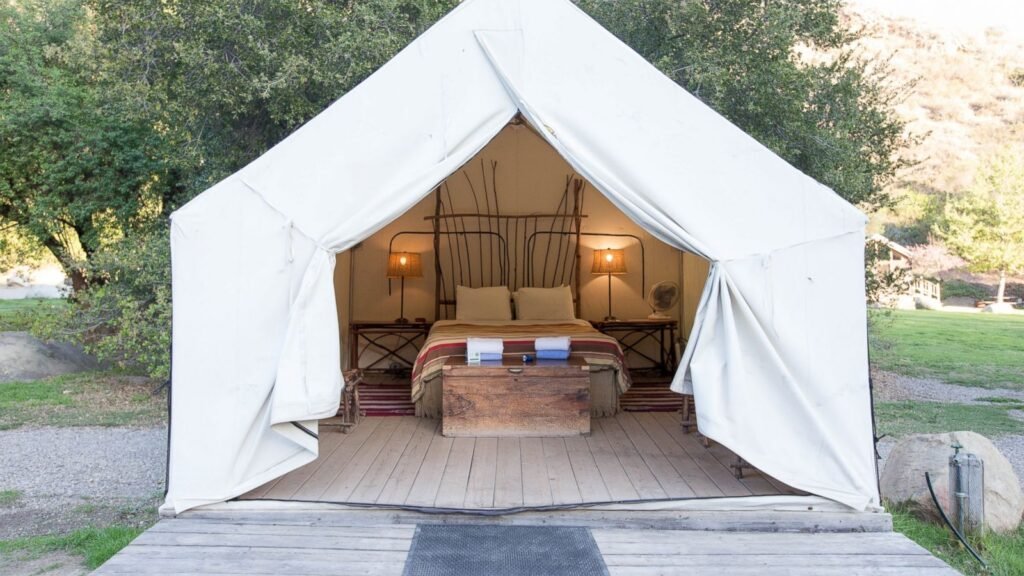
- Camping: Many parks offer well-equipped campgrounds.
- Lodging: Some parks have eco-lodges for a more comfortable stay.
7. Eco-Friendly Travel Tips for National Park Road Trips
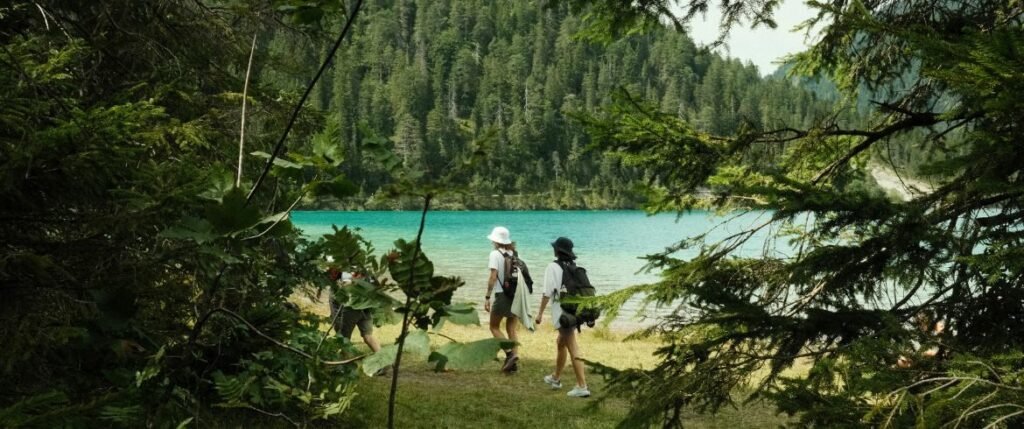
- Stick to designated trails to protect fragile ecosystems.
- Pack reusable items to minimize waste.
- Follow “Leave No Trace” principles.
8. Recommended Road Trip Itineraries

- 7-Day Great Ocean Road & Grampians Adventure
- 10-Day Northern Territory Outback Expedition
- 14-Day Ultimate East Coast National Parks Road Trip
Conclusion
Exploring Australia’s national parks by road is the ultimate way to experience the country’s diverse landscapes. Whether you’re driving along the coast or venturing deep into the outback, these parks offer endless adventure, natural beauty, and unforgettable memories.

